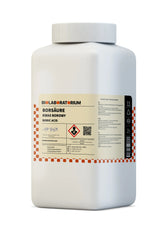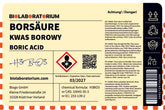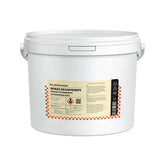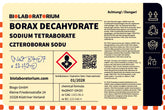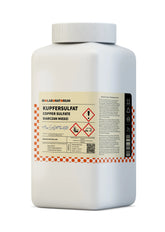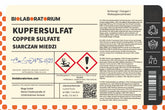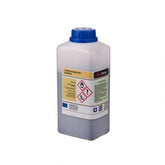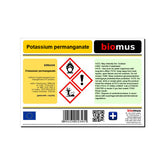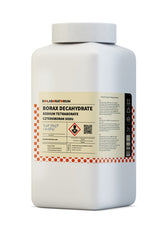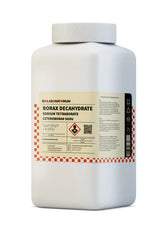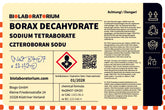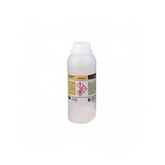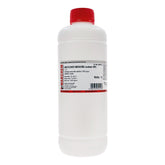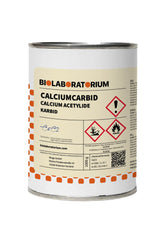How to use ground sulfur correctly – briefly explained
Sulfur is a versatile natural product that is frequently used in agriculture and horticulture. In particular, powdered sulfur has many useful properties and can be applied in various ways. In this article, we explain how to use powdered sulfur correctly to optimally nourish your plants.
What is powdered sulfur?
Powdered sulfur is a fine-grained, yellow powder obtained from natural sulfur deposits. Sulfur is an important trace element for plants and serves various functions in the soil and in the plants themselves.
Sulfur is a macronutrient essential for the growth and development of plants. It is a component of many enzymes and proteins and plays an important role in photosynthesis, the formation of chlorophyll, as well as the formation of amino acids.
Furthermore, sulfur has fungicidal properties and can therefore also be used as a natural plant protection agent. It helps to prevent or combat fungal diseases such as powdery mildew, scab, or rust on fruit and vegetable plants.
When should powdered sulfur be used?
Powdered sulfur can be usefully applied in various situations:
1. For soil improvement
Sulfur is an important component of the soil and contributes to regulating the pH value. By adding powdered sulfur, the soil can be acidified and the pH value lowered. This is especially important for plants that prefer acidic soil, such as rhododendrons, hydrangeas, or blueberries.
2. As a fertilizer
Sulfur is an essential nutrient for plants and can therefore also be used as a fertilizer. Powdered sulfur can be mixed directly into the soil or used as a foliar fertilizer. A sulfur application is particularly useful for sulfur-loving plants such as cruciferous vegetables, onions, or garlic.
3. As a plant protection agent
Due to its fungicidal properties, powdered sulfur can also be used as a natural plant protection agent. It helps to prevent or combat fungal diseases such as powdery mildew, scab, or rust. Sulfur can be used both as a soil treatment and as a foliar application.
How is powdered sulfur applied correctly?
The application of powdered sulfur is quite simple. Here are a few tips on how to use it correctly:
Soil treatment
For soil treatment, the sulfur is simply worked into the soil. The recommended amount varies depending on need between 20 and 50 g per square meter. The sulfur should be distributed as evenly as possible.
Foliar application
For foliar application, a sulfur-water solution is prepared. For this, 20-30 g of sulfur are stirred into one liter of water. This solution can then be applied to the leaves using a spray bottle or sprayer.
It is important that the leaves are well wetted so that the sulfur can act on all areas. The treatment should be done in dry weather, as rain could wash off the sulfur.
Timing of application
The best time to use powdered sulfur depends on the purpose:
- For soil improvement, sulfur can be worked in throughout the year.
- As a fertilizer, an application in spring or autumn is recommended.
- As a plant protection agent, sulfur should be used preventively before the occurrence of fungal diseases, for example in spring.
Important application notes
- Powdered sulfur is flammable. Therefore, care should be taken when handling it and open flames or sparks should be avoided.
- Sulfur can cause skin irritation or respiratory reactions in sensitive individuals. Protective gloves and a respiratory mask should be worn when handling it.
- Sulfur must not enter water bodies as it can cause damage there. Care should be taken to ensure that sulfur does not enter drains, streams, or lakes during application.
- Powdered sulfur should be stored in a cool, dry, and light-protected place. This preserves its effectiveness for the longest time.
With these tips, you can use powdered sulfur safely and effectively in your garden or fields. Sulfur is a versatile natural product that brings many benefits to your plants.

